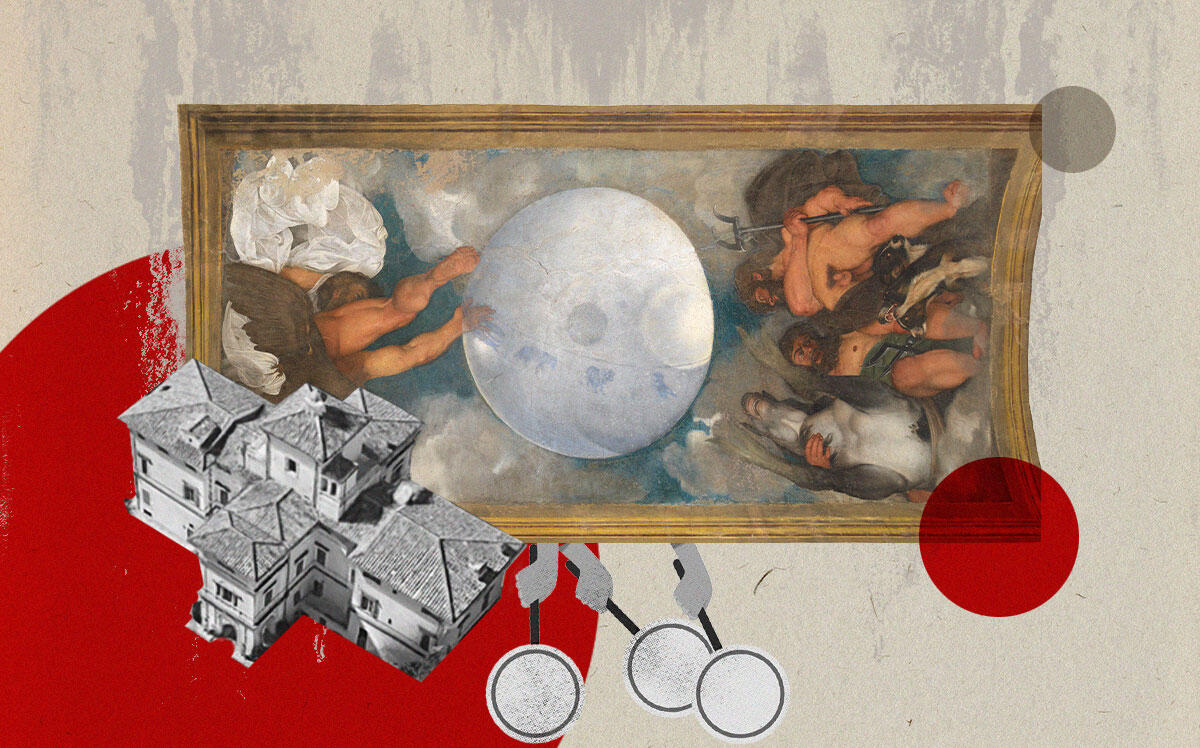Not even an original Caravaggio fresco could help sell the world’s most expensive home. The ask: $534 million.
The 16th-century Roman villa didn’t draw a single bid at a Jan. 18 auction, according to Mansion Global. The Italian government set April 7 as the date for a new auction for the 30,000-square-foot house. The new price: $427.4 million.
If it sells after that price chop of more than $100 million, it would still top the previous record, a three-bedroom Monaco penthouse once owned by banker Edmond Safra that went for $323 million more than a decade ago.
A Roman court forced a sale of the 16th century mansion, known as Villa Aurora, amid an inheritance dispute between the American-born widow of the late Prince Nicolò Boncompagni Ludovisi, whose family owned the estate for 400 years, and his three sons from a previous marriage.
The cross-shaped villa, adorned with Roman statuary and art by Baroque masters, needs $11.3 million of restoration, according to a representative of the court.
Ten ceilings were painted by 16th- and 17th-century artists, including one by Giovanni Francesco Barbieri, best known as Guercino. Aurora Villa takes its name from his fresco of the Roman goddess of dawn, “Aurora,” in the main hall.
The heart of the sale is the mural by Michelangelo Merisi da Caravaggio, at the turn of the 17th century the most famous painter in Rome. Painted while the artist was in his early 20s before he struck down a man in a sword duel and fled the city, the “Jupiter, Neptune and Pluto” looks down from a foyer ceiling.
Measuring roughly 10 by 6 feet, the oil-on-plaster fresco was once painted over during a bad renovation, then rediscovered in 1968 when peeling paint exposed a face like Carravagio’s.
The artist, it turns out, had modeled himself for the faces of the three gods. The mural alone is worth $350 million of the house’s asking price, according to an art history expert hired by the court to appraise the ceiling.
[Mansion Global] – Dana Bartholomew
